It’s All in the Family: Tax Breaks that May Benefit Parents and Children
Federal tax law already included many family-friendly provisions before some 2020 and 2021 legislation enhanced several tax breaks that benefit parents and children. What’s more, lawmakers might extend or enhance certain provisions. (Check with your tax advisor for the latest information.) With that in mind, here are some tax-saving opportunities that you may be able to take advantage of on your 2021 income tax return.
Economic stimulus payments
As the COVID-19 pandemic unfolded, the federal government approved not one, not two, but three rounds of Economic Impact Payments (EIPs) to qualified recipients. Best of all, you don’t owe a penny of federal income tax on any payments you’ve received.
The third EIP, with a maximum of $1,400 per qualified recipient, is phased out for single filers with an adjusted gross income (AGI) of $75,000 to $80,000; $150,000 to $160,000 for joint filers.
Icing on the cake: You’re entitled to an EIP of up to $1,400 for each qualified dependent, which might include children in college or elderly relatives. If you haven’t received the full amount you’re entitled to, you can claim the shortfall on your 2021 return.
Child Tax Credit
The Child Tax Credit (CTC) was already a good deal for qualified families, but it’s even better on 2021 returns under the American Rescue Plan Act (ARPA), signed into law in March 2021. Specifically:
- The maximum credit jumps from $2,000 to $3,000 for a qualifying child ($3,600 for qualifying children under age six),
- The definition of a qualifying child expands to include children under age 18 (up from age 17),
- The credit is fully refundable (previously, only $1,400 was refundable), and
- The IRS generally made advance CTC payments to those who didn’t opt out of this arrangement (but advance payments will result in a reduced tax break on your 2021 return).
Finally, be aware that the increased CTC (i.e., the additional $1,000 or $1,600 per child) begins to phase out at a lower modified adjusted gross income (MAGI) than the first $2,000 of the CTC — at $75,000 of AGI for single filers and $150,000 for joint filers. So, some taxpayers will be eligible for a portion or all of the first $2,000 of the CTC but not for the additional amount.
Higher education credits
Generally, parents paying children’s college expenses can choose between one of two higher education credits, subject to phaseouts:
- American Opportunity Tax Credit (AOTC). The maximum annual AOTC of $2,500 is available for up to four years of study for each student in the family. For example, if you have two kids in college, the maximum AOTC is $5,000.
- Lifetime Learning Credit (LLC). The maximum LLC is $2,000. Also, unlike the AOTC, the LLC applies to each taxpayer. So, for two children in school, the maximum credit is $2,000. On the plus side, the LLC is available for all years of study — not just four years.
Previously, the LLC was phased out at lower dollar levels than the AOTC, but December 2020’s Consolidated Appropriations Act equalized things. For 2021, the phaseout ranges are between $80,000 and $90,000 of MAGI for single filers, and $160,000 and $180,000 for joint filers. If your income is too high for you to be eligible for a higher education credit, your child might qualify.
Dependent care credit
Tax law provides a credit for costs incurred for caring for children under the age of 13 while you (and your spouse, if married) work. Previously, the maximum credit for a couple with an AGI above $43,000 was 20% for the first $3,000 of qualified expenses for one child, $6,000 for two or more children.
The ARPA enhances the credit on 2021 returns as follows:
- The maximum credit percentage increases to 50% (up from a previous high of 35%),
- The limit on qualified expenses increases to $8,000 for one child or $16,000 for two or more children, and
- The credit becomes fully refundable.
However, the higher credit percentage is gradually reduced if your AGI exceeds $125,000. It falls to 20% if your AGI exceeds $183,000. And, if your AGI exceeds $400,000, the credit is further reduced until it completely disappears for an AGI above $438,000.
Get good tax advice
These are just a few ways your family can save taxes on 2021 returns — but there may be more, depending on your particular situation. The main point is that it’s important to be aware of the possible benefits, and to discuss them with your professional tax advisor.
Sidebar: Did you adopt in 2021?
For 2021, parents can claim a maximum credit of $14,440 for qualified expenses incurred to adopt an eligible child. An eligible child is one who is under age 18 or is physically or mentally incapable of self-care.
But the credit begins to phase out in 2021 for taxpayers with a modified adjusted gross income (MAGI) above $216,660. If your MAGI is $256,600, you aren’t entitled to any credit.
Generally, the credit is available for the year that qualified expenses are paid or incurred. However, if the adoption isn’t finalized by the end of the year, the credit may be claimed in a subsequent year.
This material is generic in nature. Before relying on the material in any important matter, users should note date of publication and carefully evaluate its accuracy, currency, completeness, and relevance for their purposes, and should obtain any appropriate professional advice relevant to their particular circumstances.
Share Post:









